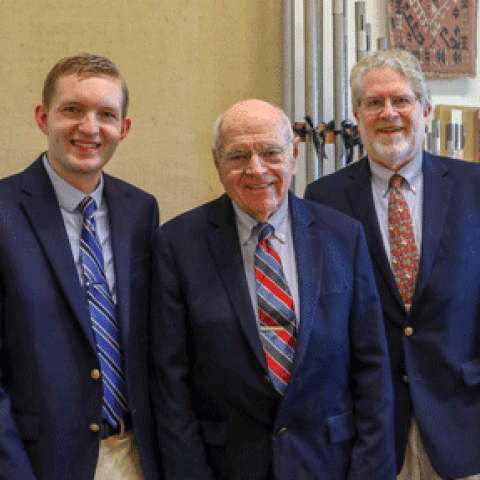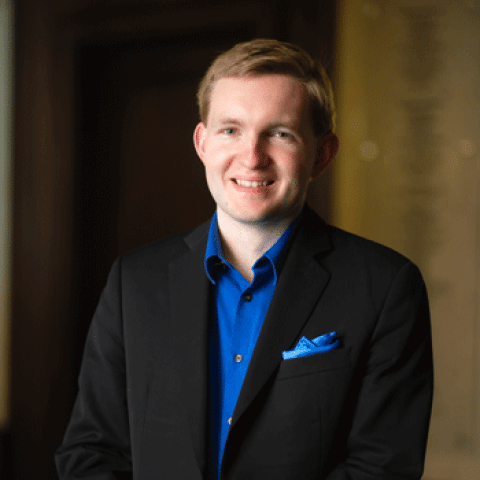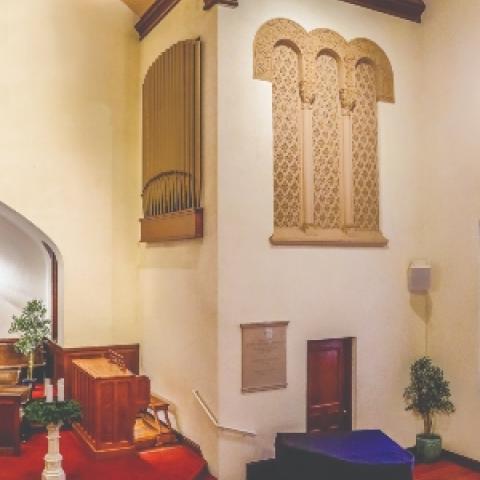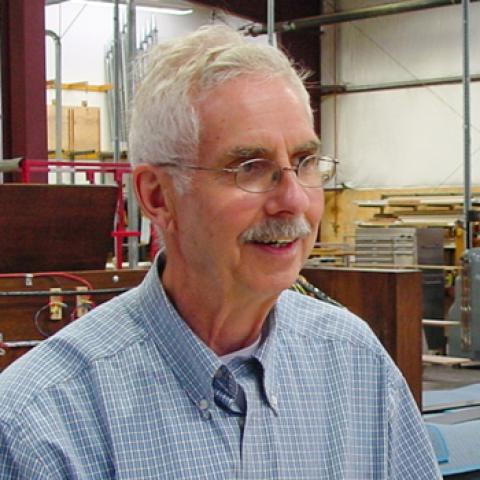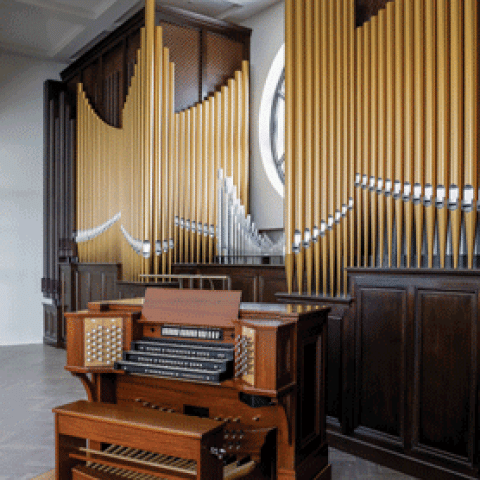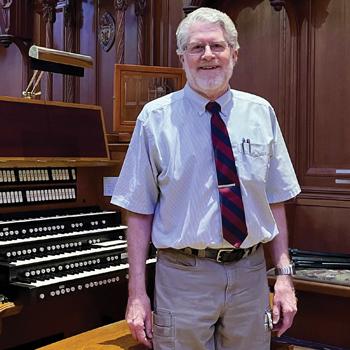
Louis Patterson has retired as president of Schoenstein & Co., Benicia, California after 25 years of service.
He leaves a legacy of technical advancement and musical knowledge to the team he trained and the clients he served. Patterson also developed Schoenstein’s approach for tuning organs and personally supervised the care of many of the San Francisco Bay Area’s instruments. His career included work in church music and more than fifty years in organbuilding.
For information: schoenstein.com
Other organ builder news:
Bryan Dunnewald appointed Schoenstein & Co. president

